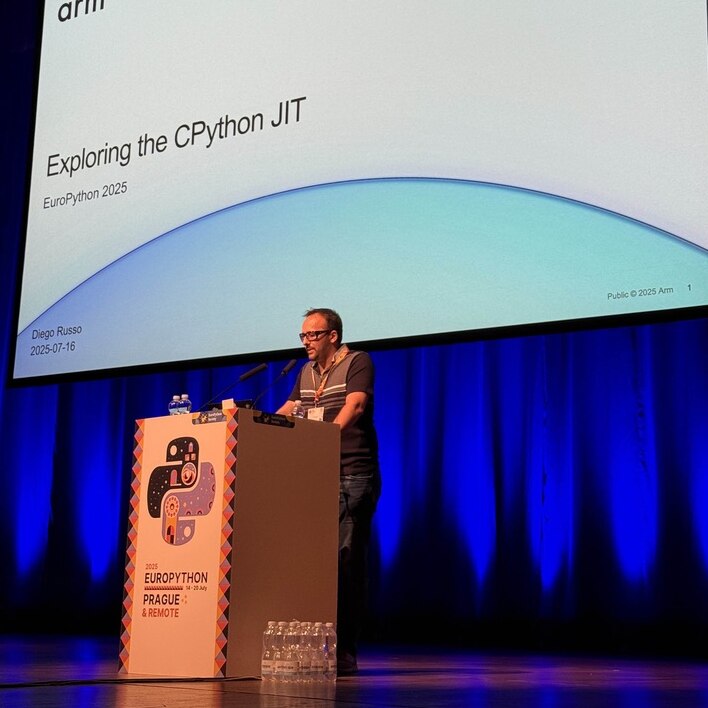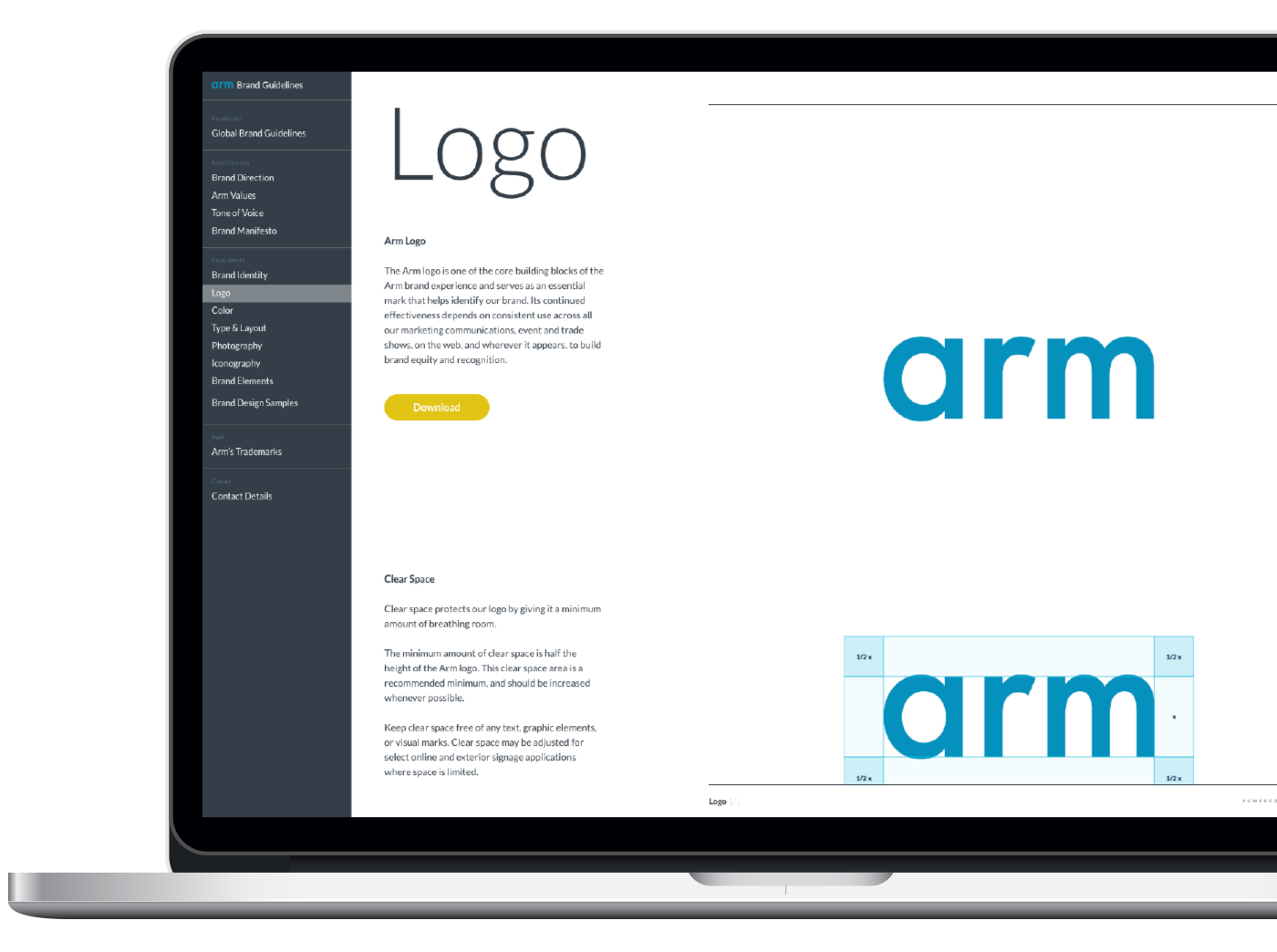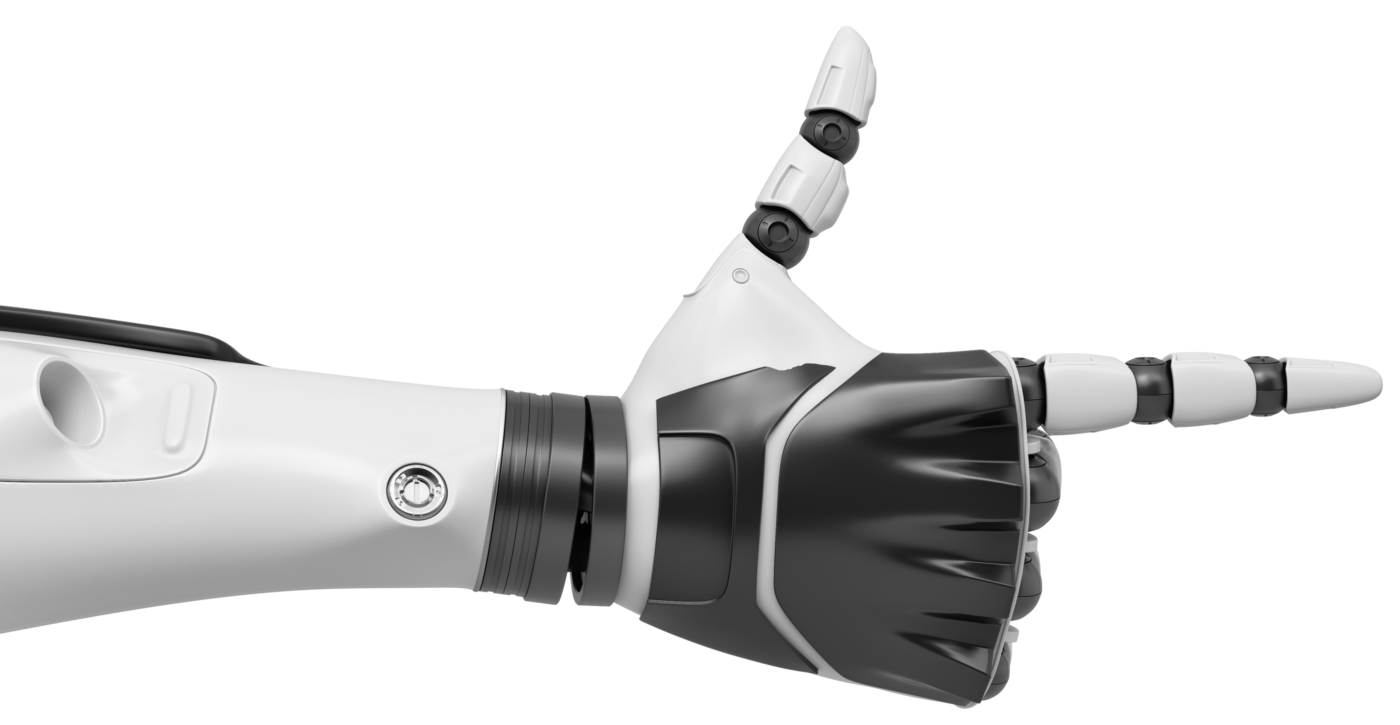What Tech Innovations Did Arm Deliver in August 2025?

August was a busy month for the Arm ecosystem. From smarter gaming graphics to AI scaling in the cloud, new tools for developers, and global education initiatives, the tech innovations happening on Arm are wide ranging and fast-moving.
The Arm Editorial Team has highlighted the various state-of-the-art tech innovations that happened at Arm in August 2025, all of which are defining the next generation of smart, secure, and high-performing computing systems.
Unlocking New Possibilities with Neural Super Sampling (NSS)
In August, we introduced Arm neural technology – adding dedicated neural accelerators to Arm GPUs to bring PC-quality, AI-powered graphics to mobile for the first time. Neural Super Sampling (NSS) is its first application, an AI-driven graphics upscaler that can deliver up to 2x resolution uplift at 4ms per frame.
Sergio Alapont Granero, Principal Engineer, shows how developers can start adopting NSS in games using Arm’s ready-to-use tools. Meanwhile, Liam O’Neil, Staff Computer Vision Architect, explains the AI and rendering techniques behind Neural Super Sampling, delving into the architecture, training strategy, and frame-time optimization that deliver high‑quality, ultra-efficient visuals.
Smarter Homes with Local LLM Inference on Arm
Most smart assistants rely on cloud-based AI, which introduces latency, risks privacy, and fails when the network is down. Meanwhile, local LLM inference enables smart home devices to understand and respond to natural language commands entirely on-device, without using the cloud.
Fidel Makatia, Arm Ambassador, showcases an open-source smart home assistant built using the Raspberry Pi 5 and Ollama. The system runs models like DeepSeek, TinyLlama, Qwen, and Gemma entirely on-device. It integrates with GPIO, MQTT, and Zigbee for direct control of smart home hardware.
What is Arm Performance Studio?
Arm Performance Studio is a free, comprehensive toolkit that empowers developers to pinpoint performance bottlenecks, debug graphics, and fine‑tune apps running on Arm‑based CPUs and Mali or Immortalis GPUs across Android and Linux environments.
As explained by Jai Schrem, Senior Software Engineer, the suite offers comprehensive visibility into render pass workloads, hardware counters, shader performance, and CI‑friendly reporting, enabling developers to deliver smoother, more efficient, and graphics‑intensive experiences that reinforce Arm’s leadership in optimized application performance.
Meanwhile, in collaboration with Unity, Arm has released a new Unity Profiler eBook for Unity 6, offering developers a comprehensive performance optimization guide crafted especially for Arm-based Android devices. This resource combines Unity’s profiling workflows with Arm Performance Studio tools to help pinpoint rendering and CPU/GPU bottlenecks with precision.
Gemma Paris, Senior Manager for Developer Learning, shares how this resource helps game developers apply Arm’s platform-specific best practices to build high-quality, energy-efficient experiences that fully leverage Arm hardware.
Scaling AI in the Cloud with AWS Graviton
Esankethik.com achieved a breakthrough in efficiency by migrating its GenAI inference pipeline to AWS Graviton‑powered Arm Neoverse infrastructure. Hrudu Shibu, an Arm Ambassador, explains how this shift underscores Arm’s leadership in delivering high-efficiency, scalable AI compute, empowering organizations to scale GenAI responsibly and cost-effectively.
The migration slashed infrastructure costs by 40% and boosted inference performance by around 25 %, all while reducing energy consumption and carbon footprint.
Python Gets Faster and Smarter on Arm in 2025
We’ve already seen major milestones in Python on Arm in 2025 – whether its enabling GitHub-hosted CI runners on Linux and Windows Arm platforms or deep architectural contributions like JIT optimizations that deliver up to 4% speedups and leaner, more efficient code execution.

Diego Russo, Principal Software Engineer, breaks down how these advancements are improving workflows, boosting native performance, and strengthening ecosystem integration for developers in ML, DevOps, data science, and beyond—all on Arm hardware.
Unlocking More AI Performance with Executorch and KleidiAI
Generative AI is moving beyond research labs and into everyday apps and running these models on Arm devices means broader access, lower costs, and the ability to bring AI directly to the edge.
ExecuTorch 0.7 now enables KleidiAI by default, unlocking streamlined AI performance acceleration on Arm CPUs, from edge to cloud. Gian Marco Iodice, Principal Software Engineer at Arm, and Digant Desai, Software Engineer at Meta, explain how this integration simplifies deployment of generative AI models across a wide device spectrum.
Automating Windows on Arm Builds with GitHub Runners
Automation is central to software development. By simplifying CI/CD pipelines for Windows on Arm, developers can reduce complexity, improve productivity, and bring apps to market faster.
Waheed Brown, Staff Developer Relations Engineer, shows how GitHub-Arm hosted runners now enable effortless, native workflows using Arm Performance Libraries, cutting out emulation and manual setup. This is a major leap forward for developers targeting Windows on Arm, enabling more reliable, efficient builds without extra infrastructure.
Arm CPUs Boost Distributed GenAI Performance
Generative AI models are shrinking in size, yet ambitions continue to expand. Waheed Brown reveals how Arm enables distributed inference across cloud servers using Arm CPUs, making large language model workloads more efficient and scalable.
This approach, using the Arm architecture, dramatically speeds up AI response times while lowering infrastructure costs, transforming how organizations deploy AI in production. This development shows how Arm is reshaping generative AI deployment landscape at scale.
Arm Scales Global AI Education with 100,000+ Learners Across 160 Countries
Arm’s new Introduction to AI course is empowering over 100,000 learners across more than 160 countries by delivering hands‑on, real‑world AI education. The course stands out for making foundational AI skills accessible, from building smarter apps to meaningful data interpretation, right when demand for AI literacy is surging across industries.
Rachael Horsman, Educational Solutions Manager, explains how Arm Education’s AI/ML learning pathway reflects the company’s commitment to equipping future innovators with the tools and knowledge to shape the future of AI.
Any re-use permitted for informational and non-commercial or personal use only.














